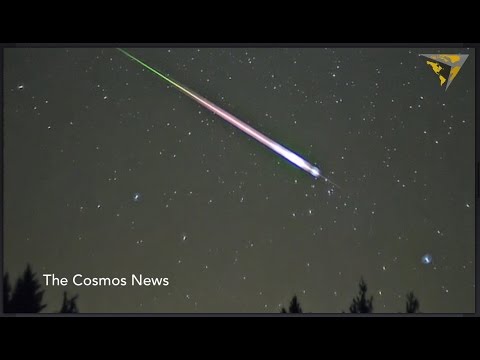Unveiling the Oort Cloud: What Lies Beyond the Kuiper Belt?
As we continue to explore the far reaches of our solar system, one of the most mysterious and fascinating regions that astronomers have turned their attention to is the Oort Cloud. Situated far beyond the Kuiper Belt, the Oort Cloud is believed to be a vast and distant reservoir of icy bodies and comets that extends thousands of astronomical units (AU) from the Sun.
Named after Dutch astronomer Jan Oort, who first proposed its existence in the 1950s, the Oort Cloud is thought to be the source of long-period comets that occasionally make their way into the inner solar system. These comets, with their highly elliptical orbits, can take hundreds or even thousands of years to complete a single orbit around the Sun. This suggests that they originate from a region far beyond the known planets and the Kuiper Belt.
The Oort Cloud is theorized to be a spherical shell of icy bodies and debris left over from the formation of the solar system over 4.6 billion years ago. These objects are thought to be remnants of the primordial material that coalesced to form the planets and other bodies in our solar system. The Oort Cloud is believed to be composed of a mix of rock and ice, with some estimates suggesting that it may contain trillions of objects, ranging in size from a few kilometers to several hundred kilometers in diameter.
Because the Oort Cloud is so distant and diffuse, it has proven extremely difficult to observe directly. Unlike the Kuiper Belt, which contains larger and more easily detectable objects like dwarf planets and icy bodies, the Oort Cloud’s inhabitants are much smaller and more spread out. As a result, astronomers have had to rely on indirect evidence, such as the orbits of long-period comets and computer simulations, to infer the existence and properties of the Oort Cloud.
Despite these challenges, astronomers are hopeful that advances in technology and observational techniques will eventually allow us to get a clearer picture of this enigmatic region of our solar system. Some proposed missions, such as the European Space Agency’s Comet Interceptor mission, aim to study comets from the Oort Cloud up close and provide valuable insights into their composition and origins.
Understanding the Oort Cloud is not just a matter of satisfying scientific curiosity. By studying this distant region, astronomers hope to gain a better understanding of the early solar system and the processes that shaped the formation and evolution of our planetary system. Furthermore, by studying the objects that reside in the Oort Cloud, we may also gain valuable insights into the potential hazards posed by comets and other debris that could potentially impact Earth in the future.
In conclusion, the Oort Cloud remains one of the most intriguing and mysterious regions of our solar system. While much about this distant realm remains unknown, ongoing research and exploration efforts hold the promise of unveiling the secrets of this icy frontier and shedding light on the origins and evolution of our cosmic neighborhood.












